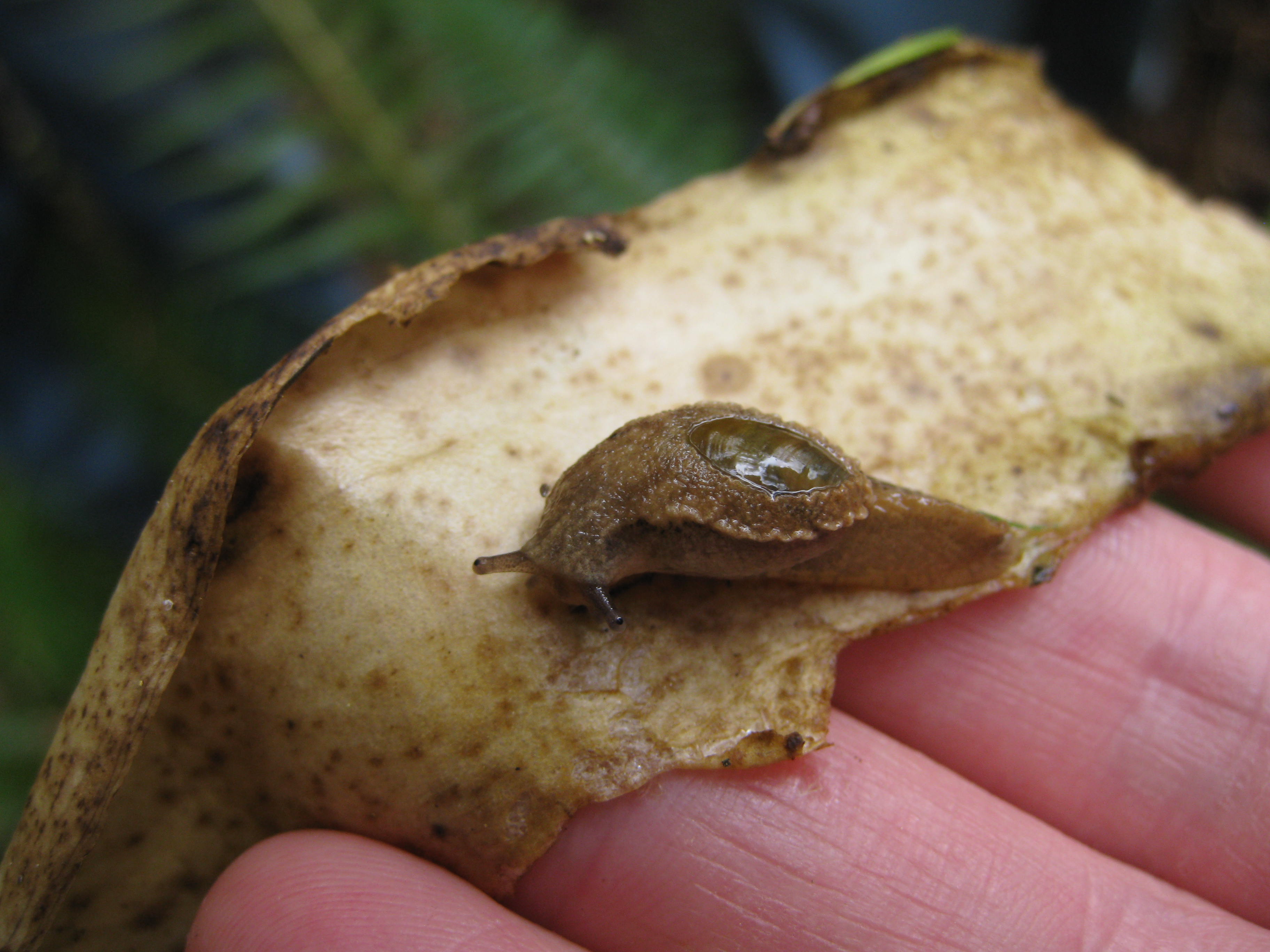Birding: Learn all about horned grebes
Published 12:54 pm Thursday, June 27, 2024

- Horned grebes enjoy prey such as small crustaceans, leeches, insects, mollusks, fish, amphibians and vegetation. Parents will feed the chicks that have hitched a ride but will also feed those that are swimming on their own. Horned grebes can swim and dive as soon as they hatch.
The horned grebe is a winter resident on the Peninsula according to the Willapa National Wildlife Refuge field checklist of birds. It is common both on the peninsula and in Pacific County as a whole. We see this grebe mainly when it is wearing its winter plumage because it prefers to winter on salt water, and it isn’t here in the breeding season. To date, I have not found any records of nesting on the Long Beach peninsula for the horned grebe. However, it is an interesting species, and its behavior is fascinating.
The horned grebe in breeding plumage has a black crown, red eye, and yellowish feathers or plumes also called horns located behind the eye. It raises and lowers its plumes at will but especially during its courtship display. The throat of the horned grebe is black. Its neck is rufous in color and its bill is short, and black with a pale tip. Males and females wear the same plumage. Overall, it small and compact at about fourteen inches with a wingspan of eighteen inches. In winter, when we usually see them, they are white and black. The face is white, and its cap is black. The cheeks are bright white.
Horned grebes, like all grebes, do not walk well on land. A grebes legs are positioned in such a way as to make it difficult for it to stand upright. Thus, it is closely tied to water. So, nests are often floating platforms or at least partially so. Grebe’s toes are lobed which helps to propel them through water. The horned grebe dives with a jump when foraging and is propelled by its feet under water. It enjoys prey such as small crustaceans, leeches, insects, mollusks, fish, amphibians and vegetation. Like all grebes, the young chicks often hitch a ride on the back of a parent even though they can swim and dive as soon as they hatch. The other parent will swim away in search of prey and bring it back to the riding chicks or to those swimming on their own. Should the grebe want to take off in flight to do so requires it to run on the water to achieve lift off.
Horned grebes have floating nests that are often described as soggy. The nest is usually hidden in vegetation. Location wise, the horned grebe favors small ponds, man-made ponds, wetlands and/or inlets with cattails, sedges and other vegetation. A horned grebe lays anywhere from three to nine eggs and nesting occurs between May and July. It raises only one brood.
The horned grebe is a handsome bird. Look for it on your travels this summer. You will not only enjoy its beauty, but also its antics. Happy birding!






